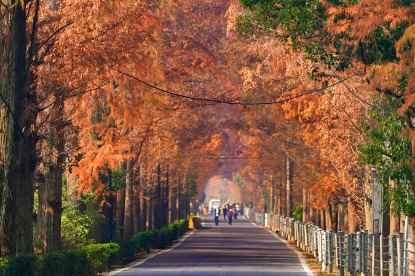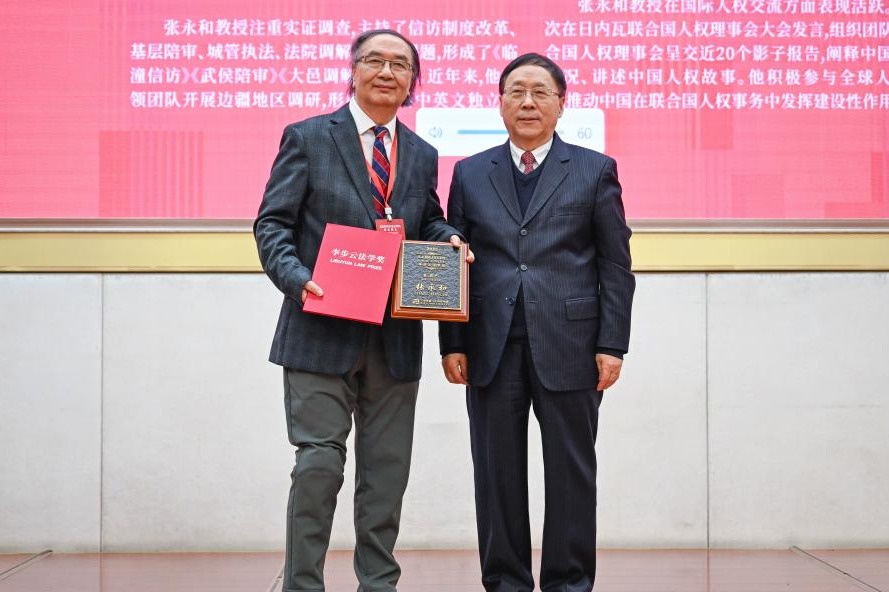Great Wall's cultural heritage unearthed


However, because it represents the nation's spirited resolve, people used to believe that repairs to the wall needed to be carried out in such a way that the structure appeared to have been untouched.
In the 1950s, when the Badaling section in Beijing was renovated, such an approach was adopted, but Chai now regrets that the wall's restored appearance may not correspond precisely with how it looked originally.
In 2016, photographs of a section of the Great Wall in Liaoning province were posted online. Renovation work left the section with a totally new look, triggering anger among netizens. Although the "mistake" was later rectified, it spurred lengthy debate among the public about ways in which the Great Wall should be restored.
Chai said: "More and more people have recognized that renovating the structure does not simply mean repairing a wall. When you add a brick or a tile, there must be a solid reference point, which can only be provided by archaeological studies."
Archaeology, in particular, is a highlight of the plan released in 2019 to establish Great Wall cultural parks, with the aim of better retaining historical detail and supporting conservation work.
Many sections of the structure are in a poor state of repair. Unlike the fortifications on the outskirts of Beijing, which are made from bricks, on other parts of the wall, stone fences or rammed earthen walls are more in evidence.
Chai said: "Seeing the wall from an archaeological perspective, people will better understand its diversity and also accept that some parts are already in ruins. The work in Jiankou is not on a large scale, but it sets an example for more sections to follow."
Not all archaeologists are as fortunate as those working in Jiankou.
Chai said the Great Wall is strictly protected by national laws, so scholars do not have that many chances to physically remove bricks or earth samples for their studies.
"Great Wall archaeology is not only about a wall," he said. "There is much more cultural heritage relating to the wall than we initially thought. Our-knowledge of the structure needs to be largely expanded from below ground."
- Geminid meteor shower seen across China
- Sustainable agriculture in focus at Hainan forum
- Road accident in East China kills 4
- Health Bureau: Free Chinese medicine services for Tai Po fire victims
- Satellite launch marks a new milestone in UAE-China cooperation
- HK fire: 4,510 residents in shelters as support fund reaches HK$3.6b




































